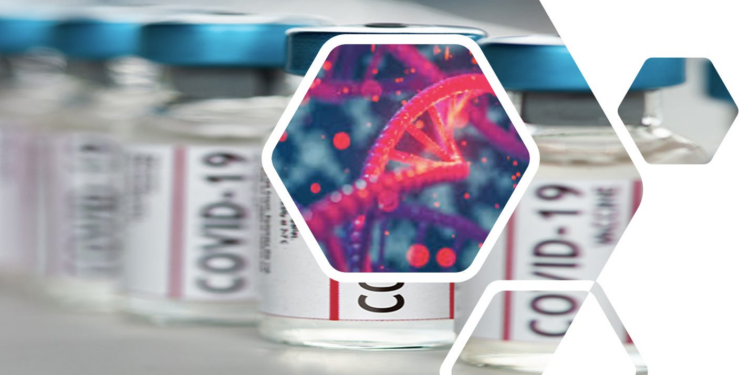In early April 2023, microbiologist Kevin McKernan made a shocking revelation about the COVID booster shots developed by Pfizer and Moderna. He found massive DNA contamination in these bivalent shots, with the highest level of contamination being 30%. This means that nearly one-third of the shot's content was plasmid DNA, which greatly increases the risk of DNA integration and cancer.
Further experiments conducted in vitro revealed that the modified RNA in the Pfizer jab has the ability to enter human liver cells and reverse transcribe into DNA within as little as six hours after exposure. This finding raises concerns about the potential long-term effects of these mRNA-based vaccines.
The presence of DNA contaminants in the shots is facilitated by lipid nanoparticles that encase the mRNA and DNA. These nanoparticles help deliver the DNA inside the cell, and once inside the cytoplasm, bits of DNA can enter the nucleus by chance. This mechanism further supports the possibility of DNA integration and raises questions about the safety of these vaccines.
Interestingly, despite these findings, there is a discrepancy between what fact-checkers say about the COVID jabs and what the FDA states. The NIH National Human Genome Research Institute defines gene therapy as a technique that uses genes to treat, prevent, or cure diseases. The FDA also defines gene therapy as a technique that modifies a person's genes to treat or cure disease. However, both definitions fail to explicitly mention mRNA and other RNA technologies, which raises concerns about their classification and regulation.
A 2020 FDA document titled “Human Gene Therapy for Rare Diseases” lists “transcribed RNA” as a form of gene therapy. Transcription is the process by which DNA creates RNA, and in this case, transcribed RNA refers to mRNA. This raises further questions about the classification of mRNA-based vaccines and whether they should be considered a form of gene therapy.
In a surprising turn of events, a Freedom of Information Act (FOIA) response from Santa Clara County revealed that the COVID shots actually increased the risk of contracting COVID. This revelation contradicts the narrative that the vaccines are highly effective in preventing COVID infections and raises concerns about their overall safety.
Safety concerns surrounding the COVID vaccines were also highlighted by a video circulating on social media. The video shows the first person to receive the experimental COVID shot collapsing immediately after being injected. This incident raises doubts about the safety of these vaccines and further fuels the debate surrounding their use.
In conclusion, the recent findings and revelations surrounding the COVID booster shots developed by Pfizer and Moderna raise significant concerns about their safety and potential long-term effects. The presence of DNA contaminants and the ability of modified RNA to enter human cells and reverse transcribe into DNA pose risks that need to be thoroughly evaluated. The discrepancy between fact-checkers' claims and the FDA's definition of gene therapy adds further complexity to the classification of mRNA-based vaccines. The FOIA response revealing an increased risk of getting COVID after vaccination and the video showing people collapsing after receiving the shot further contribute to the ongoing debate about the safety and efficacy of these vaccines.







